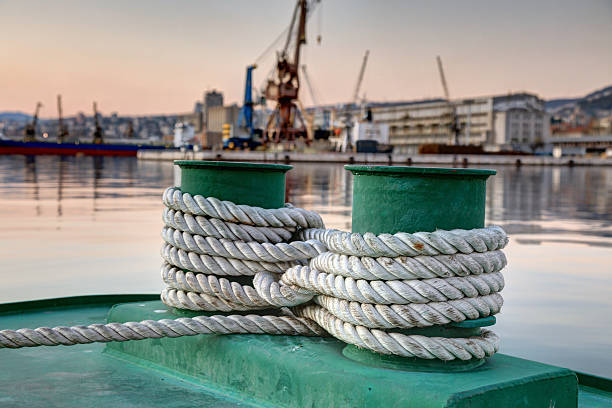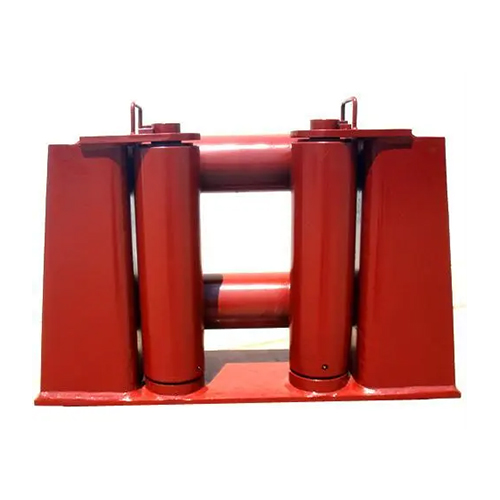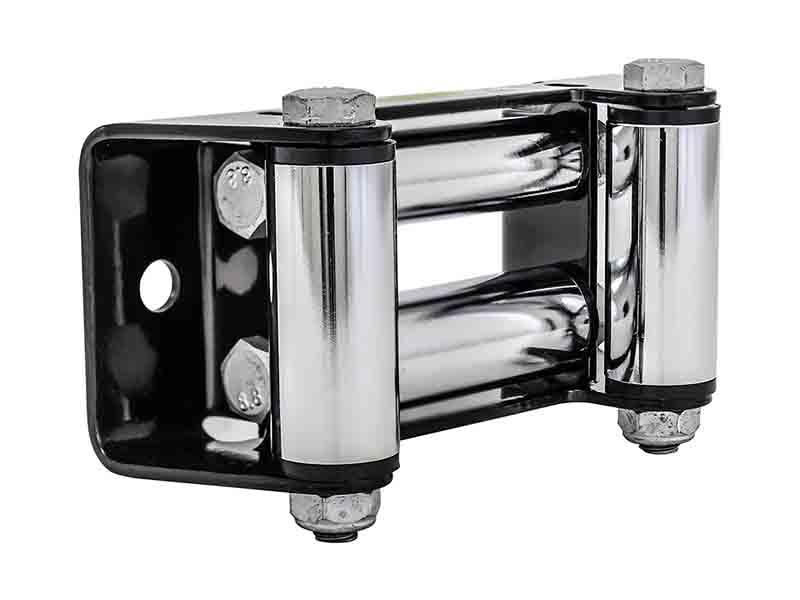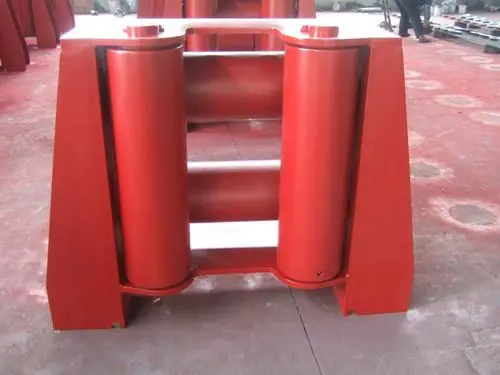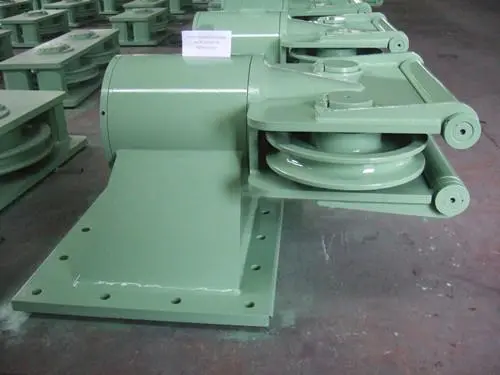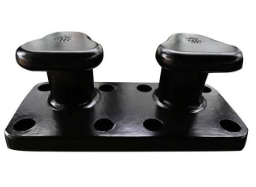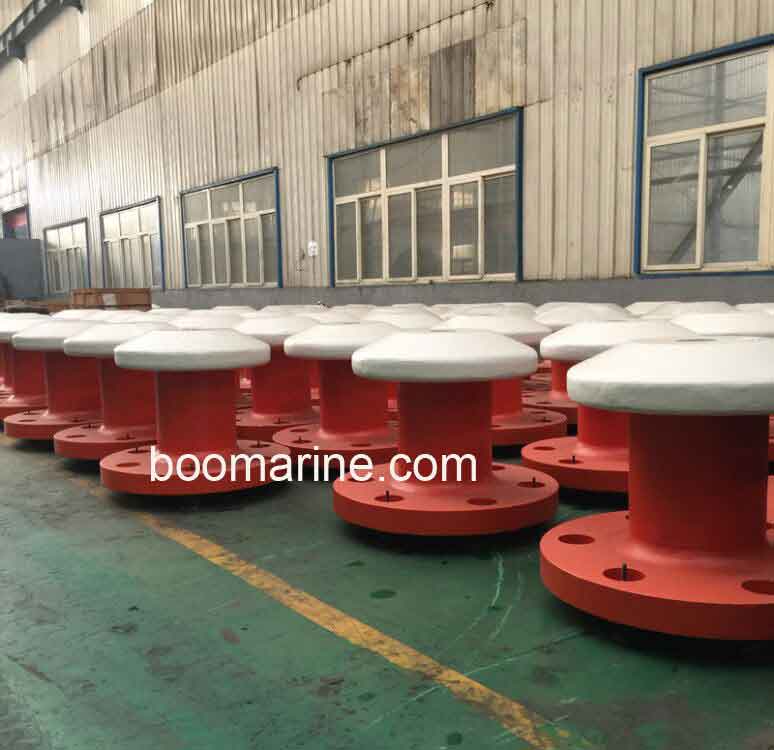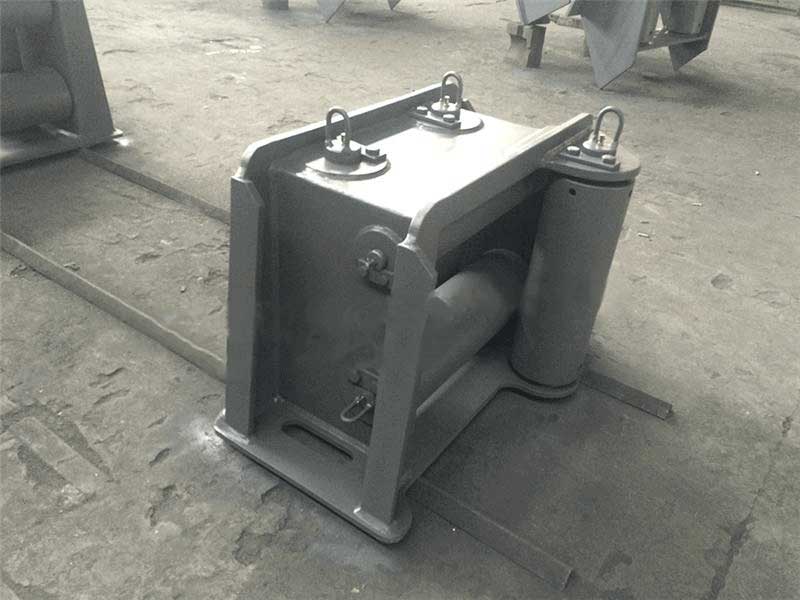Table of Contents
When you’re stuck in a difficult situation, the mighty winch can save your life, but it needs the right accessories to work properly. One critical component is the roller fairleads, which smoothes cable movement and protects it from wear. Is a roller fairlead always necessary? What if you use a modern synthetic winch rope rather than traditional steel cable? This article delves deeply into the world of roller fairleads, discussing their benefits, assisting you in selecting the appropriate size, and answering a key question: Do you even need one with a synthetic winch rope? We’ll clear up any confusion and ensure your winch is set up for peak performance, regardless of the cable type.
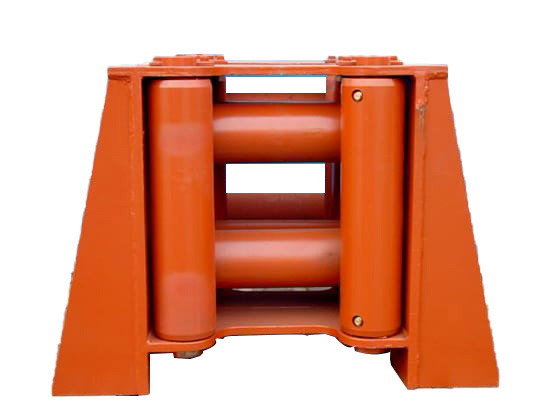
What Are the Benefits of Using Roller Fairleads?
Roller fairleads offer several advantages that can improve your winching experience and extend the lifespan of your equipment. Here are some key benefits:
Benefit 1: Reduced Friction and Wear
- Preserve Winch Cable Life: Winch cables, particularly steel ones, are prone to fraying and breaking due to friction. Constant rubbing against the winch mount or other surfaces can wear down the cable’s strands, reducing its strength and safety. Roller fairleads, with their smooth rolling surfaces, significantly reduce friction. This extends the cable’s lifespan and saves you money on replacements.
- Improves Winch Performance: Friction creates resistance, requiring the winch to work harder to pull the desired load. Roller fairleads reduce friction, allowing the winch to operate more efficiently. The winch can focus more of its pulling power on the actual load rather than wasting energy overcoming friction within the system.
- Safer Winch Operations: Reduced friction translates to smoother operation of the winch cable. This helps to avoid sudden jerks or uncontrolled movements that can occur when the cable becomes caught or snagged due to high friction. Smoother cable movement enhances control and lowers the risk of accidents during winching operations.
Benefit 2: Improved Efficiency
- Winch Focuses on Pulling Power: With less energy lost through friction, the winch can devote a greater portion of its power to pulling the load. The increased efficiency enables the winch to operate closer to its maximum pulling capacity.
- Smoother Operation: Reduced friction also results in smoother operation of the winch cable. This results in less jerking or resistance as the cable feeds, making for a more consistent and controlled pull. This smoother operation may also reduce the strain on the winch motor, potentially increasing its lifespan.
Benefit 3: Enhanced Safety
- Reduced Risk of Cable Breakage: Friction from a rough surface or a kinked cable can cause excessive wear and tear. A roller fairlead reduces friction, thereby preserving the cable’s strength and lowering the risk of a sudden snap under tension. A broken cable during winching can be dangerous because it could whip back and injure someone or become a loose projectile.
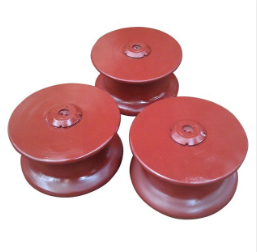
- Smoother Operation: Roller fairleads enable smoother cable payout and retrieval. This reduces the possibility of jerking or uncontrolled movements, which can occur with a high-friction setup. Jerky movements can be difficult to control, increasing the risk of the winch losing grip on the cable or the load becoming unstable.
- Improved Control: Roller fairleads provide greater control over the winching process by reducing friction and ensuring smoother cable handling. This allows for more precise load maneuvering while also lowering the risk of accidents caused by unexpected movements.
Benefit 4: Protected Winch Cable
- Prevents Cuts and Snags: Sharp edges on bumpers or mounting points can snag or cut the cable during use. A roller fairlead acts as a barrier, allowing the cable to move smoothly while preventing it from coming into contact with the sharp edges. This reduces the possibility of a sudden cable failure due to cuts or snags.
- Minimizes Kinking: Improper cable feeding can cause kinks or bends, putting stress on the cable’s internal structure. Roller fairleads ensure that the cable feeds smoothly and evenly, reducing the possibility of kinks that weaken the cable or cause it to bind.
Benefit 5: Consistent Load Handling
- Reduced Strain on Winch: When the cable feeds unevenly or becomes snagged, it causes jerks and puts extra strain on the winch. This can overload the winch motor, potentially causing damage. Rollers ensure smooth cable movement, allowing the winch to apply pull force consistently while reducing strain and wear.
- Better Control During Winching: Controlling the winching process can be difficult when the cable moves erratically. The cable may jerk the load unexpectedly, making it difficult to position precisely. Roller fairleads provide consistent pulling force, giving you more control over the winching operation.
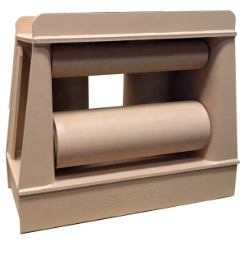
What Sizes and Types of Roller Fairleads Do I Need?
| Type of Roller Fairlead | Description | Size Considerations | Use Cases |
| Vertical Guide Sheave | Single large roller for vertical cable guidance. | Sheave Diameter: Matches or slightly exceeds winch cable diameter. | Lifting and lowering heavy loads, at construction sites. |
| Warping Roller Fairlead | Multiple rollers are arranged horizontally for guiding and distributing cable tension. | Sheave Diameter & Number of Rollers: Based on winch capacity and cable diameter. More rollers for heavier loads. | Mooring and towing operations (marine), industrial winching. |
| Universal Fairlead | Versatile design with both vertical and horizontal rollers for multi-directional cable control. | Sheave Diameter & Number of Rollers: Considered based on winch capacity, cable diameter, and desired level of control. | Off-road recovery vehicles, general winching applications. |
| Pedestal Roller Fairlead | Mounted on a raised platform for additional cable clearance. | Sheave Diameter & Number of Rollers: Similar considerations as Universal Fairlead. Platform height depends on the application. | Industrial winching with high cable angles, and uneven terrain recovery. |
| Shipside Roller Fairlead | Heavy-duty design for use on ships for mooring and towing operations. | Sheave Diameter & Number of Rollers: Sized for large diameter mooring lines and high working loads. | Marine vessels, tugboats, and large cargo ships. |
| Horizontal Guide Deck Sheave Fairlead | Flat deck with a single large sheave for horizontal cable guidance. | Sheave Diameter: Matches or slightly exceeds winch cable diameter. | Marine applications for guiding mooring lines or anchor lines onto decks. |
| Swivel Head Anchor Fairlead | Rotating the head with rollers allows for adjusting cable direction during winching. | Sheave Diameter & Number of Rollers: Based on winch capacity and cable diameter. | Anchoring operations, maneuvering boats or off-road vehicles. |
To avoid slipping, choose a sheave diameter that allows the cable to sit securely within the groove. Always consult the manufacturer’s recommendations for specific weight capacities and compatible winch models. For sizing, it’s crucial to consult your winch’s capacity and cable diameter specifications, reliable roller fairlead manufacturers provide sizing charts or recommendations alongside their fairlead products.
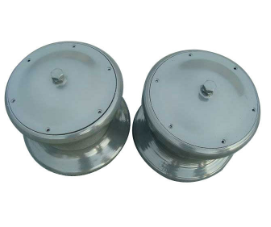
Do I Need Roller Fairleads If I Have a Synthetic Winch Rope?
No, you generally don’t need a roller fairlead if you have a synthetic winch rope. Using a roller fairlead with synthetic winch rope can be detrimental. Here’s a breakdown of why:
- Unnecessary Friction: Roller fairleads are designed for steel winch cables, which are prone to friction wear. Synthetic ropes are already abrasion-resistant and have a smoother surface, which reduces the need for the rolling action of a fair lead.
- Potential for Damage: The rollers of a fairlead can cause pressure points on synthetic ropes, especially if they do not fully overlap at the corners. This concentrated pressure can weaken rope fibers over time.
- Reduced Heat Dissipation: Synthetic ropes use air circulation to dissipate heat generated during winching. Roller fairleads can trap heat around the rope, potentially exceeding safe temperature limits and speeding up wear.
- What to Use With Synthetic Winch Rope: Hawse Fairlead. This is the recommended fair lead for synthetic ropes. It’s a flat plate with a hole in the center that allows the rope to flow smoothly without creating unnecessary friction points. The hawse fairlead also promotes better heat dissipation.
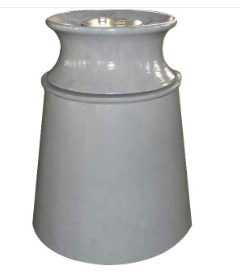
Conclusion
Roller fairleads provide a clear advantage for winches that use steel cables by reducing friction, extending cable life, and increasing winching efficiency. Choosing the correct size ensures a good cable fit and optimal performance. Understanding your winch’s configuration and cable type is critical. By using the information provided here, you can make an informed decision about roller fairleads and ensure that your winch is ready to handle any challenge, whether it’s a traditional steel cable or a modern synthetic rope. Remember that proper equipment selection not only improves performance but also promotes safety during winching operations.

